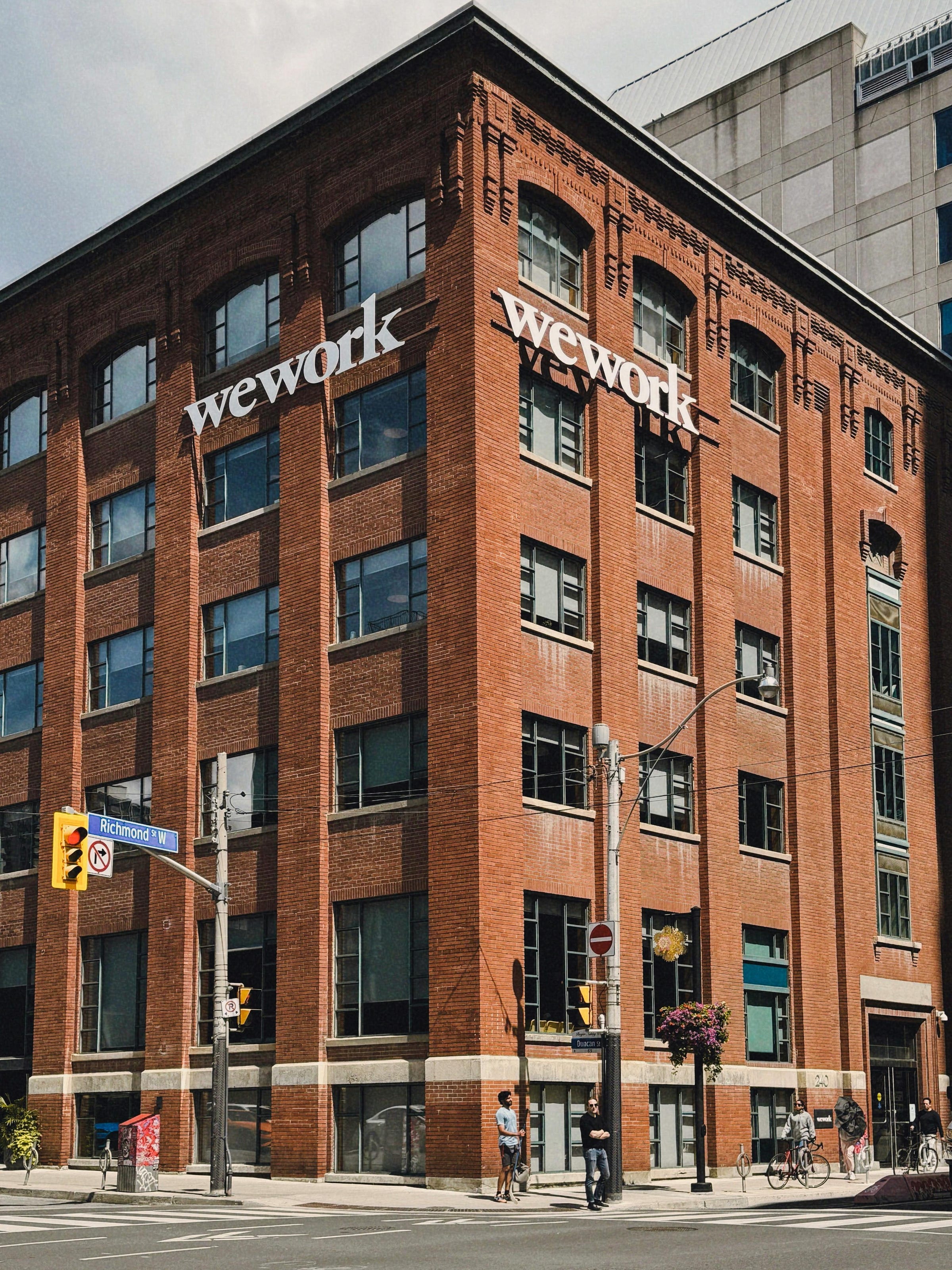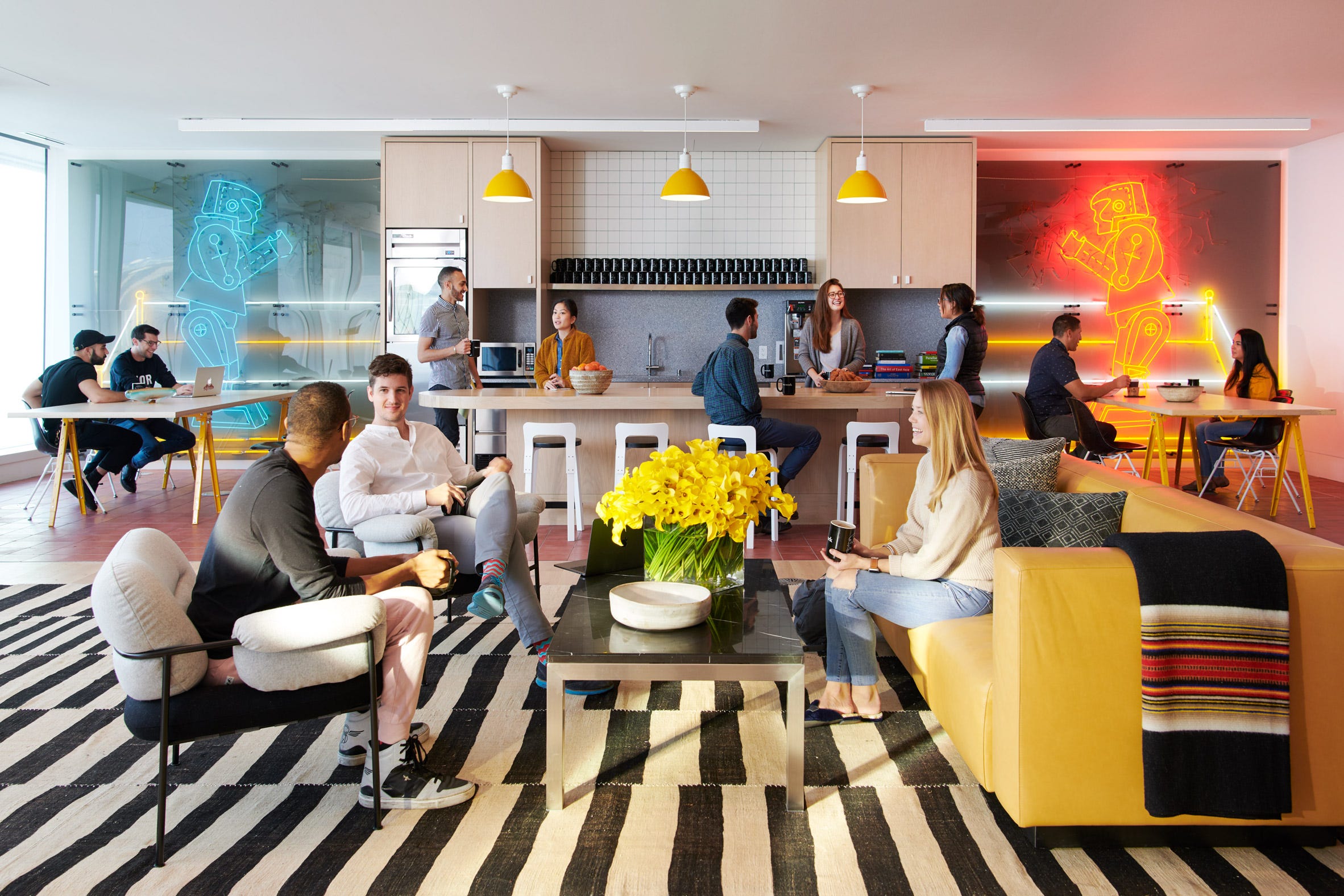Adam Neumann is back in the headlines. Again.
After a spectacular rise, a legendary implosion, a bankruptcy, and a rebirth, he’s landed another round of investment—this time from a16z, who famously called him “a founder with a proven ability to build.”
Which is sort of like hiring the Fyre Festival team because they proved demand for destination events.
Naturally, the internet rolled its collective eyes. The barefoot walks through Manhattan. The hotboxed jets. The Coachella-core company festivals. The S-1 that reads like a spiritual awakening. The cult of Adam. The crash.
It’s easy to dunk on the old WeWork. But that’s not why we’re writing this. We’re here to talk about what they got right.
Because even if the business—at its most unhinged—didn’t last, the impact did. The office will never be the same—and that’s the part people forget.
Here’s where we’re going:
What WeWork did right
What the world would be like without them
What would have happened if they really succeeded
What to think about Flow
What WeWork did right
They rewrote the rules of office
Before WeWork: the office was a fixed idea. You signed a 10-year lease. You picked a carpet. You overpaid a broker. It was beige, transactional, and forgettable. Sure there were co-working spaces, but none that rose to the top of culture.
After WeWork: the office became an experience.
They crowdsourced ideas from users—and listened.
They blurred the walls between member companies to encourage serendipity (the walls themselves were giant glass panes that made the collective floor plate feel like one big startup).
They made spaces people wanted to linger in, especially after hours.
They pulled HQs back downtown. Fortune 500s chased WeWork-style talent with WeWork-style spaces.
They jumped categories without flinching—co-working one day, co-living the next, a surf park the day after—dismantling the industry’s imaginary boundaries between asset classes.
Overall, they took the stodgiest space-type in the world and made it emotional, dynamic, and brandable.
WeWork started with pine desks and glass walls. But it became a movement. And for a while, it worked—not just because of the design, but because it gave people a sense of identity just from walking in the door.
They used brand to inject meaning into the mundane
Before WeWork: office branding was a logo on a sign.
After WeWork: it was a full sensory and cultural system.
They named their buildings like albums.
They branded floor tiles, events, newsletters, coffee cups, keycards, even office dog-collars…anything that could be branded.
They turned members into evangelists—inviting them to company retreats, where freelancers and software developers took tequila shots with WeWork sales leads.
They replaced “corporate culture” with something millennial, mission-driven, and just a little messy.
They gave solo operators and tiny teams a flag to wave; they were maniacal about focusing on a target-audience.
They made “I work out of WeWork” feel like a badge of honor…something you almost never heard about a so-called trophy building.
And yeah, a lot of it aged terribly…like milk. The over-styled Instagram posts. The foam parties. The chants. The messianic town halls. But the brand meant something.
It had personality, structure, and pride. It rallied people around mantras like “TGIM” (Thank God It’s Monday) and “Do what you love.”
It captured the entrepreneurial zeitgeist—however cringeworthy in retrospect—nailing the shift from suits and perfect grammar to hoodies and F-bombs.
And the talent brand. Ohhhhh the talent brand.
“WeWork” became the sexiest target for HBS grads and 4.0’s at Yale. Not Goldman Sachs or that Zuckerberg company. The magnetism of the WeWork brand pulled in the smartest, most creative and disruptive people in the country – everyone wanted to surf the Adam Neumann wave.
(so much so that we constantly contract ex WeWorkers to support our projects)
No one had ever done that for office space before.
They treated buildings like products, not projects
Before WeWork: office was a one-off project. You built it, leased it, moved on.
After WeWork: office became a replicable, thoughtful system.
They developed interior templates that could scale globally but feel local. Whether you walked into a WeWork in Mumbai or Mexico City, you knew exactly where you were—but each one still carried a layer of cultural and design sensitivity.
They created environmental cues and service rituals to make space feel active, even at 30% occupancy.
They launched fast, evolved faster, and used feedback loops to fine-tune everything from phone booths to front desks.
They applied product logic to spatial design: ship, test, improve, repeat.
Most importantly, they built with the user in mind—freelancers, startups, and growing teams.
In a category that had been landlord-first for decades, they went user-first. And that changed everything.
What if WeWork didn’t exist?
Take them out of the timeline—and the world is different.
Co-working still exists, but it’s fragmented and looks like Regis; bland furniture, bad coffee and a receptionist called “Synergy.”
Flex comes later, slower, with less swagger.
The average floor plate feels like a DMV waiting room.
Landlords don’t talk about the service aspect of their business.
No one rebrands the office as a lifestyle.
Jared Leto misses out on the role of a lifetime.
Even if you hated the WeWork Kool-Aid, you’re living with the aftertaste. Hot desks, hoteling apps, mural moments–they didn’t invent any of it…yet they certainly injected these ideas into the cultural bloodstream.
The WeWork flameout may be famous, but their fingerprints are everywhere.
What if WeWork had succeeded?
Imagine if the capital matched the ambition. Adam gets the final check. The IPO lands. The market believes.
WeLive becomes the model for flexible urban housing; furnished, serviced and networked. Your office, home, gym, classroom and coffee shop all live on one platform. Flexible life–not just flexible work–becomes a category. You move cities like you switch tabs.
The WeOS powers everything behind the scenes: room bookings, community events, dinner invites. Your neighbors are your co-workers; your building is a microcosm of your life.
Developers stop building standalone assets and start building ecosystems.
It might’ve been weird. But it also might’ve been brilliant. It certainly would’ve been a fun case study.
Are we better off that it failed?
Honestly… yes.
Because here’s the thing: they spent the money. They lit it on fire in public. They tried everything—at speed, at scale—and the whole category got to learn from the sparks.
They raised the bar. They created new expectations. They inspired a thousand new versions of “office.” They forced landlords, developers, and designers to level up. They made the office interesting.
Failure doesn’t erase that. In some ways, it makes it more valuable.
So no—we don’t need another WeWork. But we do need some of that mindset:
Think bigger. Break the model. Design for people. Ship fast. Tell a better story. Then learn from what catches fire.
Oh and one more thing…about Flow.
We know what it’s like to reinvent residential space—rental or condo. It’s uphill, into headwinds, in concrete boots.
Can Flow become the first true tech-forward resi brand? Maybe. But most property management tech today is just paper-pushing in pixels; turning painful analogue processes into painful digital processes: “click a button to order your horse and carriage.”
And most proptech is still anchored to legacy platforms that evolve slower than paint chips. Reinventing the operational stack and the digital experience is a multi-layer hundred-million-dollar overhaul. It’s the opposite of cool, fun, quick and cheap.
Can Flow build a beloved consumer brand? Absolutely. Go deep on story. Build belief. But storytelling without operational precision is just fiction. The brand has to show up in leasing, move-ins, service, communication, product—everywhere. That means rethinking a thousand legacy systems at once.
Can Flow scale? That’s the hardest part. Launching a vibe is one thing. Systematizing it is another. You’re not just replicating architecture. You’re replicating feeling, rhythm, and trust.
Flow has a mountain to climb. But the ambition is right. And ambition—used well—is how industries shift. Because if WeWork proved anything, it’s that bold ideas—flawed, messy, and imperfect—can still move the world forward.
Flow doesn’t need to repeat the past. But if it learns from it, it just might shape what comes next. WeWork certainly did.
Missed our last article? Read it now.
Steal ruthlessly
Let’s start with your brain: it doesn’t want to change. It wants to do what it already knows—efficiently, automatically, predictably.
Missed our feature in The Brand Identity? Check it out now.
🚨 WHO IS NO WALLS STUDIO (AND WHAT DO WE DO)?
No Walls Studio is a design and brand consultancy that helps real estate developers create spaces that people love.
Our mission is to make sameness extinct in real estate, which means that everything we do comes with new ideas and unique angles — all, grounded in a deep understanding of culture and consumers.
We do three things for our clients (often, all in the same project):
Research & Insights
Brand Development
Spatial Experience Design
Want to work with us or learn more?



















Nice post, guys. As a former employee, you nailed some of the key ideas.
For anyone who wants to know what it was like to build the product, please check out my post: https://iamdeanconnell.substack.com/p/well-figure-it-out
I recount some early stories and how 'We'll figure it out' became a mantra.
Some of the tools used by WeWork like Stargate and BIM should have been what WeWork done right beside the above mentioned few points.